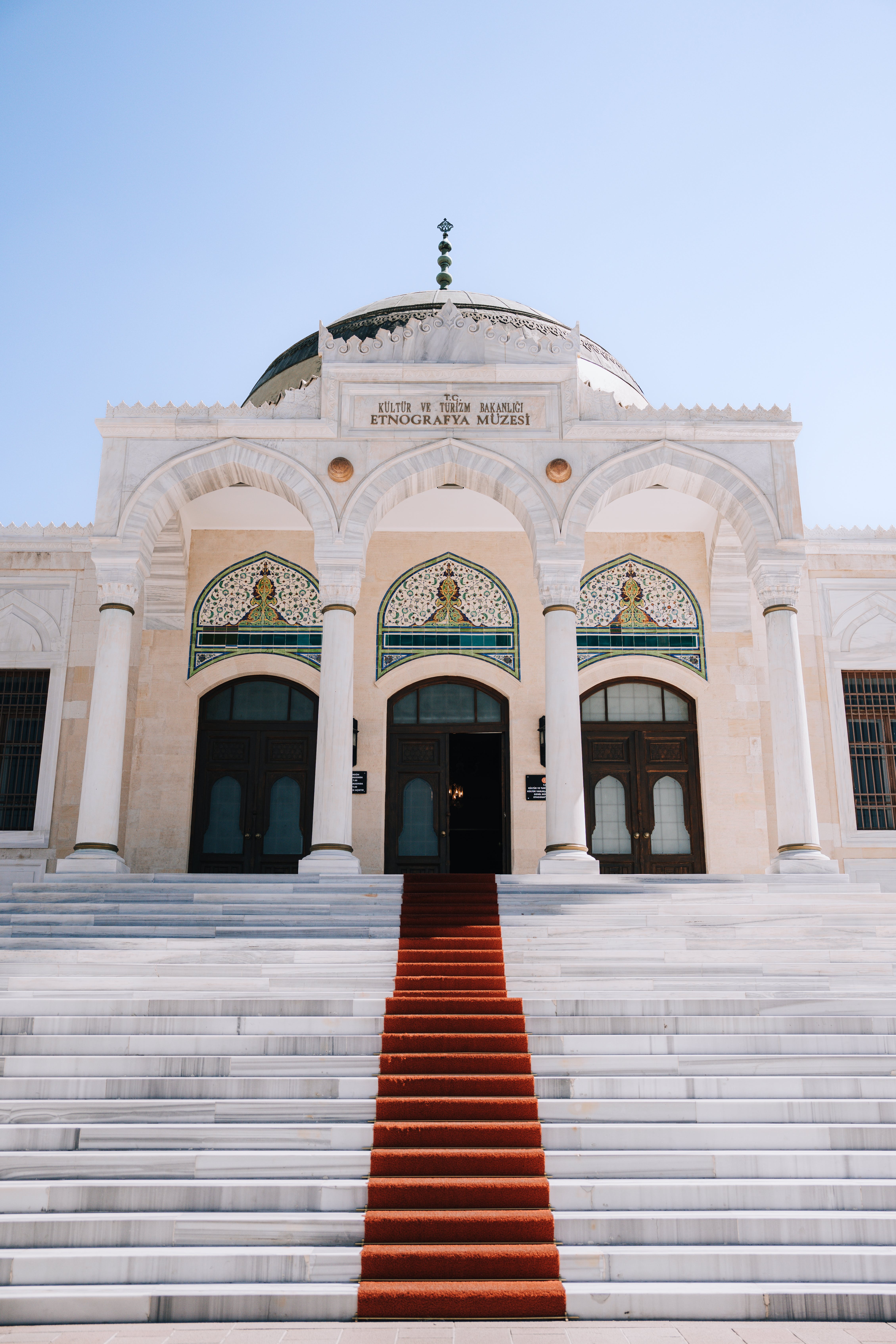As the winter season approaches, it’s important to ensure that your home plumbing is prepared for the colder temperatures. In this informative article, you will find a step-by-step guide on how to effectively winterize your home plumbing. By following these simple yet crucial steps, you can prevent costly plumbing issues such as frozen pipes and leaks, and maintain a warm and comfortable home throughout the winter months.
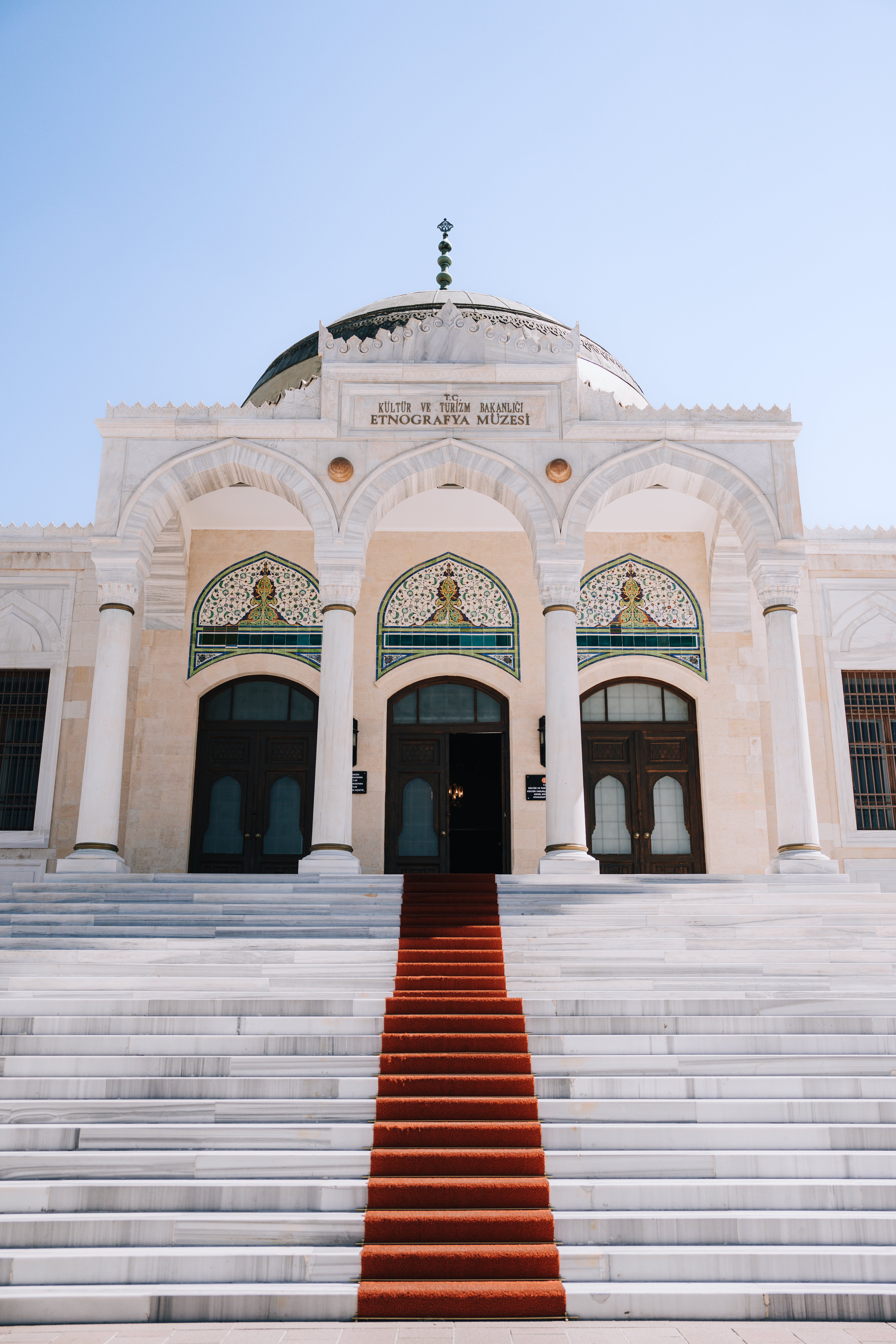
Preparation
Shut off the Water Supply
Before winter arrives, it is crucial to shut off the water supply to your home plumbing system. Locate the main water valve, usually found in the basement or utility room, and turn it off. This will prevent any water from entering the pipes and potentially freezing during the cold winter months.
Drain the Water Lines
After shutting off the water supply, it is essential to drain the water lines to prevent any remaining water from freezing and causing damage. Start by opening all faucets, both indoors and outdoors, to allow the water to flow out. Flush toilets and run your washing machine and dishwasher on empty cycles to ensure all water is drained from the pipes.
Turn Off the Water Heater
To protect your water heater from freezing, it is necessary to turn it off before winter sets in. Locate the main power switch or circuit breaker for your water heater and switch it off. This prevents the heating elements from operating without water and potentially causing damage. Remember to follow the manufacturer’s instructions for your specific water heater model.
Disconnect and Drain Outdoor Hoses
Outdoor hoses are particularly vulnerable to freezing temperatures. Disconnect and drain all outdoor hoses, allowing any water to flow out completely. Store the hoses in a dry place, such as a garage or shed, to protect them from the winter elements. By doing so, you will prevent the water in the hoses from freezing and potentially damaging your plumbing system.
Insulate Exposed Pipes
Exposed pipes are susceptible to freezing during winter. Insulating them is an effective way to prevent any potential damage. Identify any exposed pipes in your home, such as those in unheated areas like crawl spaces and garages. Use pipe insulation sleeves or foam covers to wrap the pipes and provide an extra layer of protection. This insulation will help retain heat and prevent freezing.
Insulating Pipes
Identify Vulnerable Pipes
When insulating pipes, it is important to identify the most vulnerable ones. Look for pipes located in unheated areas, near exterior walls, or those that have had freezing issues in the past. These pipes are more likely to freeze during cold temperatures and should be prioritized for insulation.
Choose Insulation Materials
Choosing the right insulation materials is crucial for effectively insulating your pipes. Consider using foam pipe insulation sleeves or fiberglass pipe wrap. These materials are widely available at hardware stores and are easy to install. Make sure to select insulation with the appropriate thickness for maximum protection against freezing.
Measure and Cut Insulation
Before installing the insulation, measure the length of each pipe and cut the insulation material accordingly. Ensure a snug fit by wrapping the insulation sleeve tightly around the pipe. Use a utility knife or scissors to cut the insulation accurately, taking care not to leave any gaps or exposed areas.
Secure Insulation on Pipes
After cutting the insulation to the correct length, secure it on the pipes using adhesive tape or cable ties. Make sure the insulation is firmly in place and covers the entire length of the vulnerable pipe. This will provide optimal protection against freezing during the winter months.
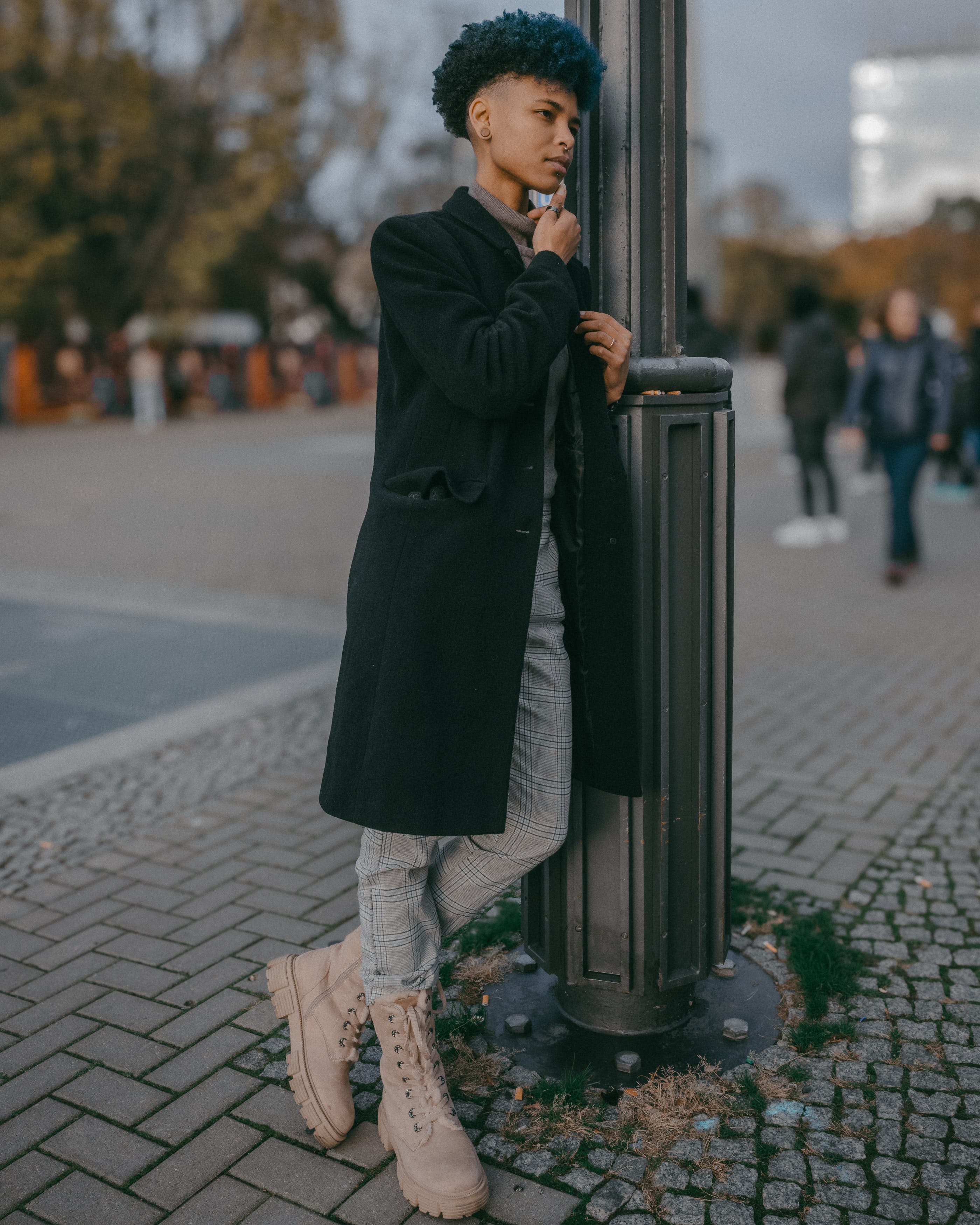
Protecting Outdoor Faucets
Shut Off and Drain Outdoor Faucets
Outdoor faucets are prone to freezing, so it’s important to shut off the water supply and drain them properly. Locate the shut-off valve for each outdoor faucet and turn it off. Next, open the faucet to drain any remaining water. This will prevent any trapped water from freezing and potentially causing damage to the faucet and connecting pipes.
Install Frost-Free Faucet
Consider installing frost-free faucets, especially if you frequently use your outdoor faucets during winter. Frost-free faucets have a long stem that extends into the heated portion of your home, preventing freezing. These faucets are designed in a way that allows water to drain out when the valve is shut off, eliminating the risk of freezing.
Insulate Water Heater
Check Manufacturer’s Guidelines
To effectively insulate your water heater, it is crucial to refer to the manufacturer’s guidelines. Manufacturers often provide specific instructions for insulation to maximize energy efficiency and prevent potential issues. Consult your water heater’s user manual or visit the manufacturer’s website for detailed insulation guidelines.
Insulate Hot Water Storage Tank
Insulating the hot water storage tank is a great way to conserve energy and prevent heat loss during winter. Purchase a water heater insulation blanket or jacket from a hardware store and carefully wrap it around the storage tank. Make sure to follow the instructions provided with the insulation material to achieve optimal results.
Insulate Pipes Connected to the Water Heater
In addition to insulating the water heater itself, it is important to insulate the pipes connected to it. Use the same insulation materials mentioned earlier, such as foam sleeves or fiberglass pipe wrap, to cover the pipes. Pay special attention to the pipes that run through unheated areas, ensuring they are adequately protected against freezing temperatures.
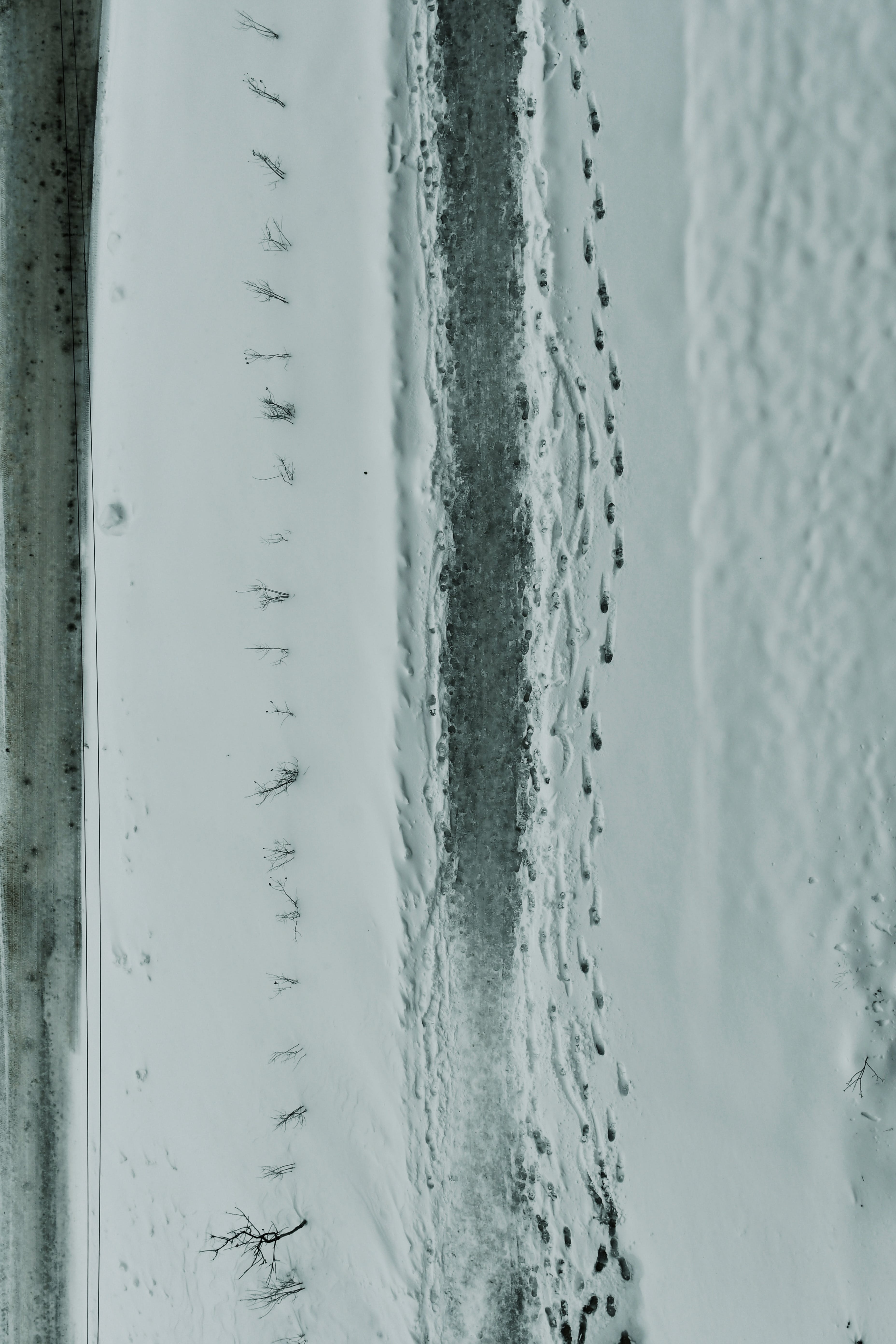
Weatherproofing Doors and Windows
Check for Drafts
Before winter arrives, it’s essential to check your doors and windows for any drafts. Stand near these openings and feel for any cool air entering your home. Drafts can significantly impact the overall temperature and energy efficiency of your house. Take note of any noticeable drafts to address them effectively.
Caulk or Weatherstrip
Caulking and weatherstripping are effective ways to seal any gaps around your doors and windows. Use caulk to fill larger gaps and weatherstripping for smaller spaces. Apply caulk to any visible cracks or openings and use weatherstripping around the frames of doors and windows. This will prevent cold air from seeping in and warm air from escaping.
Install Door Sweeps
Door sweeps are an excellent addition to weatherproofing your home. Install them at the bottom of exterior doors to block any drafts and prevent cold air from entering. Door sweeps are easy to install; simply screw or nail them onto the door frame. Ensure a tight seal to effectively keep the cold air outside.
Add Window Insulation Film
Window insulation film can significantly reduce heat loss and improve energy efficiency. This film is applied directly to the glass of your windows and creates an insulative barrier. Follow the instructions provided with the window insulation film to apply it properly and eliminate drafts.
Cover Windows with Thermal Curtains
Thermal curtains are another effective solution for weatherproofing your home. These curtains are designed with insulative materials that help retain heat and block drafts. Install thermal curtains in rooms with drafty windows, ensuring they cover the entire window area. Keeping the curtains closed during cold nights will provide an extra layer of insulation.
Preventing Frozen Pipes
Keep the Heat On
One of the simplest ways to prevent frozen pipes is to keep the heat on inside your home, even when you’re away. Set your thermostat to a minimum temperature that will ensure the pipes remain above freezing. This will maintain a constant heat level, significantly reducing the risk of freezing.
Open Cabinet Doors
In especially cold areas of your home, such as the kitchen and bathroom, open the cabinet doors under sinks to allow warm air to reach the pipes. This will help keep them warm and prevent freezing. Remember to remove any hazardous chemicals or cleaning products from the reach of children or pets.
Let Faucets Drip
Allowing your faucets to drip slightly during freezing temperatures can prevent pipes from freezing. This is because the constant flow of water helps relieve pressure that can build up due to freezing. Open the faucet slightly to achieve a slow drip, both hot and cold, for maximum prevention.
Use Space Heaters with Caution
If you use space heaters to supplement your home heating system, be cautious when placing them near pipes. Keep a safe distance to avoid any potential fire hazards. Never leave space heaters unattended and follow all safety instructions provided by the manufacturer.
Monitor the Temperature
During extremely cold weather, it is crucial to monitor the temperature inside your home. Use a thermometer to check the temperature in different areas, especially those prone to freezing. If the temperature drops significantly and approaches freezing, take additional precautions to prevent frozen pipes.
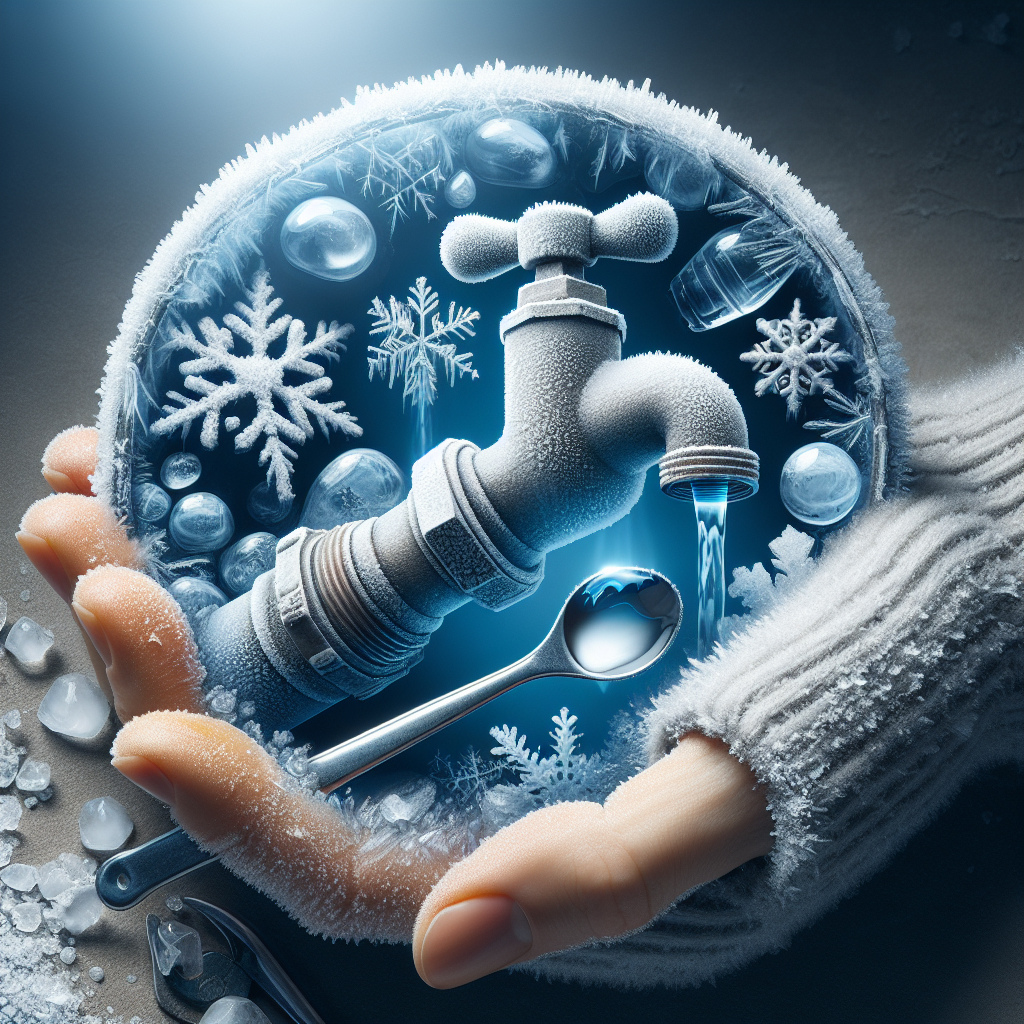
Dealing with Freezing Temperatures
Use Heat Tape or Heat Cables
Heat tape or heat cables are effective solutions for preventing frozen pipes. These electrical heating elements can be wrapped around vulnerable pipes to provide a continuous source of heat. Follow the manufacturer’s instructions for installation and use to ensure proper functionality and safety.
Consider Installing Pipe Heating Systems
For long-term prevention of frozen pipes, consider installing pipe heating systems. These systems use an electrical heating cable that is installed directly on the pipes. They can be controlled by a thermostat and will automatically activate when temperatures drop, providing consistent heat and preventing freezing.
Install Exterior Pipe Insulation
In particularly cold climates, it may be necessary to install exterior pipe insulation. This insulation is applied directly to the exterior of pipes and provides an extra layer of protection against freezing temperatures. Consult a professional plumber to determine if this is necessary for your specific location and plumbing setup.
Apply External Heat Sources
During freezing temperatures, apply external heat sources to vulnerable pipes to prevent freezing. This can be done using heating lamps, infrared lamps, or even a hairdryer set to a low heat setting. Never use an open flame or any heat source that may pose a fire hazard. Direct the heat towards the pipes, focusing on areas that are most susceptible to freezing.
Maintaining Indoor Heating
Maintain the Thermostat
To ensure the proper functioning of your heating system, regularly maintain and monitor your thermostat. Set it to a comfortable temperature to keep your home warm, especially during freezing temperatures. Follow the manufacturer’s guidelines for thermostat maintenance and consider scheduling routine inspections with a professional HVAC technician.
Check Heating Vents
Inspect all heating vents in your home to ensure they are open and unobstructed. Blocked vents can limit airflow and prevent proper heating. Remove any furniture, rugs, or other objects that may be blocking the vents. This will help distribute heat evenly throughout your home and maintain a comfortable temperature.
Seal Drafts in Attics and Basements
Attics and basements are places where drafts often occur, leading to temperature fluctuations in your home. Inspect these areas and seal any drafts by applying caulk or weatherstripping to cracks and openings. Properly insulating these areas will contribute to maintaining a consistent indoor temperature and reducing energy costs.
Inspect and Clean Chimneys and Flues
If your home has a fireplace or wood-burning stove, it is essential to inspect and clean the chimneys and flues before winter arrives. Accumulated debris, such as soot or bird nests, can obstruct airflow and increase the risk of a chimney fire. Hire a professional chimney sweep to ensure safe and efficient operation throughout the winter season.
Testing the Plumbing System
Restore Water Supply
Once winter is over, it is important to restore the water supply to your home plumbing system. Locate the main water valve and turn it on slowly to prevent any sudden surges that could cause damage to your plumbing. Allow the water to flow for a few minutes to ensure there are no blockages or leaks in the system.
Check for Leaks
After restoring the water supply, thoroughly inspect your plumbing system for any leaks. Check all faucets, toilets, and pipes for visible signs of water leaks. Pay attention to areas that were susceptible to freezing, as freezing can sometimes cause pipes to crack or burst. If you notice any leaks, promptly address them to prevent further damage.
Inspect Water Pressure
Check the water pressure in your plumbing system to ensure it is at an optimal level. Use a pressure gauge and compare the reading to the recommended pressure range provided by your water utility company. If the pressure is too high or too low, consider adjusting it or contacting a professional plumber for assistance.
Test Faucets and Toilets
Finally, test all faucets and toilets to ensure they are functioning correctly after winter. Turn each faucet on and off, checking for any leaks or irregularities in water flow. Flush all toilets and monitor their flushing performance. If you notice any issues, such as slow drainage or running water, address them promptly to avoid any further plumbing problems.
Seeking Professional Help
Consult a Licensed Plumber
While many winterization tasks can be done by homeowners, it is always advisable to consult a licensed plumber for a professional assessment. A plumber can inspect your plumbing system, offer expert advice, and recommend specific measures to ensure optimal winterization. They can also help if you encounter any complex issues during the process.
Schedule Routine Maintenance
Establishing a regular maintenance schedule with a professional plumber is essential for keeping your plumbing system in good condition year-round. Regular maintenance can identify and address potential problems before they escalate, saving you time and money on more significant repairs. Consider scheduling an annual maintenance visit to ensure your plumbing system remains in optimal condition.
Resolve Complex Plumbing Issues
If you encounter complex plumbing issues during the winterization process, it is best to seek professional help. Complex problems may include leaks, pipe bursts, or issues with the water heater. Attempting to resolve these issues without proper knowledge and experience can result in further damage. Contact a licensed plumber promptly to address complex plumbing issues comprehensively and effectively.
By following these comprehensive steps for winterizing your home plumbing system, you can minimize the risk of frozen pipes, leaks, and other plumbing problems during the cold winter months. Taking proactive measures to protect your plumbing system will not only ensure a comfortable and stress-free winter but also save you from costly repairs. Stay warm and worry-free by preparing your home plumbing for the winter season.

